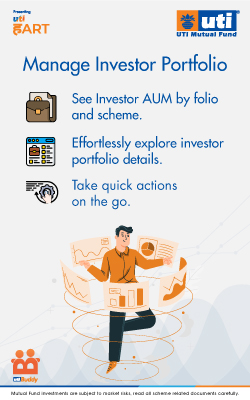Ever faced a client who is difficult to handle? Most advisors have!
We spoke to a few advisors to understand how to identify difficult clients and how to deal with them.
The unrealistic client
This client has unrealistic expectations from you. He expects extremely high returns with little or no risks.
A K Narayan of AK Narayan Associates says that advisors should document details of meetings and conversations. “I tell them that I cannot promise them high returns. I explain to them vagaries of various asset class and their performance across market cycles. However, a few clients may insist on going ahead with a plan, which is not right for their risk profile. In such cases, I keep it in record that despite my recommendations, the client has opted for a course of action. In case anything goes wrong with their portfolio, I can show them what my initial recommendations were,” he says.
The impatient client
This client expects to get windfall gains in a short period from investments. Melvin Joseph of Finvin Financial Planners says that advisors should show case studies of existing clients to encourage them to stay put for long term. “I show them case studies to help such clients understand benefits of long term investments in mutual funds. I tell them that they need to hold their investments for at least five to six years. However, if they do not agree to stay put for long term and insist on earning a quick buck, I let them go,” he says.
The complaint box
This client is never satisfied; no matter how well you manage his finances, he will always criticize you. Bengaluru based advisor Srikanth Matrubai of Goodfunds Advisor says that he asks his clients to give their complaints in writing. He says, “I ask such clients to send complaints by mail so that I can have a detailed discussion with my staff. At times, client realises that the complaint he made is not worth sending. They will send complaints only if it is really important.”
Matrubai further says, “If the client still continues to complain about everything, I thank him for pointing out the flaw and say that I am happy to have a client like him, because of whom I am able to improve my services. This usually does the trick and the frequency of complaints comes down,” says Srikanth.
The vague client
This client does not prefer disclosing his financial information. Mumbai based RIA Kavita Menon says that advisors must first understand the reason behind this. “Most of the time the client might genuinely not be clued in on his finances. In such cases, I usually track down the details for him to understand his financial condition,” she says.
However, Kavita says that if the reason for the client’s hesitation is his lack of trust in you the only way to address it is by asking for financial details directly. “I tell my client that even if they want me to plan for only a small portion of money; I need to have a clear picture of the overall finances. Also, I ask such clients to wait for at least three months before they sign up for my services to give them time to think. Usually clients sign up with me well before this time,” she says.
The disappearing act
This client may go from extremely enthusiastic to completely inactive. Amol Joshi of Plan Rupee, says, “The best thing to do is to find the reason by asking them directly. If you know what the problem is, you will be able to work it out with your client. If the client, however, is evasive with the reasons, it will help to introspect and see if you have kept your commitments. If it does not work out, it is best to give them a little breathing space,” he says.
Did you find these solutions helpful? How do you handle such clients? Let us know in the comments below.





